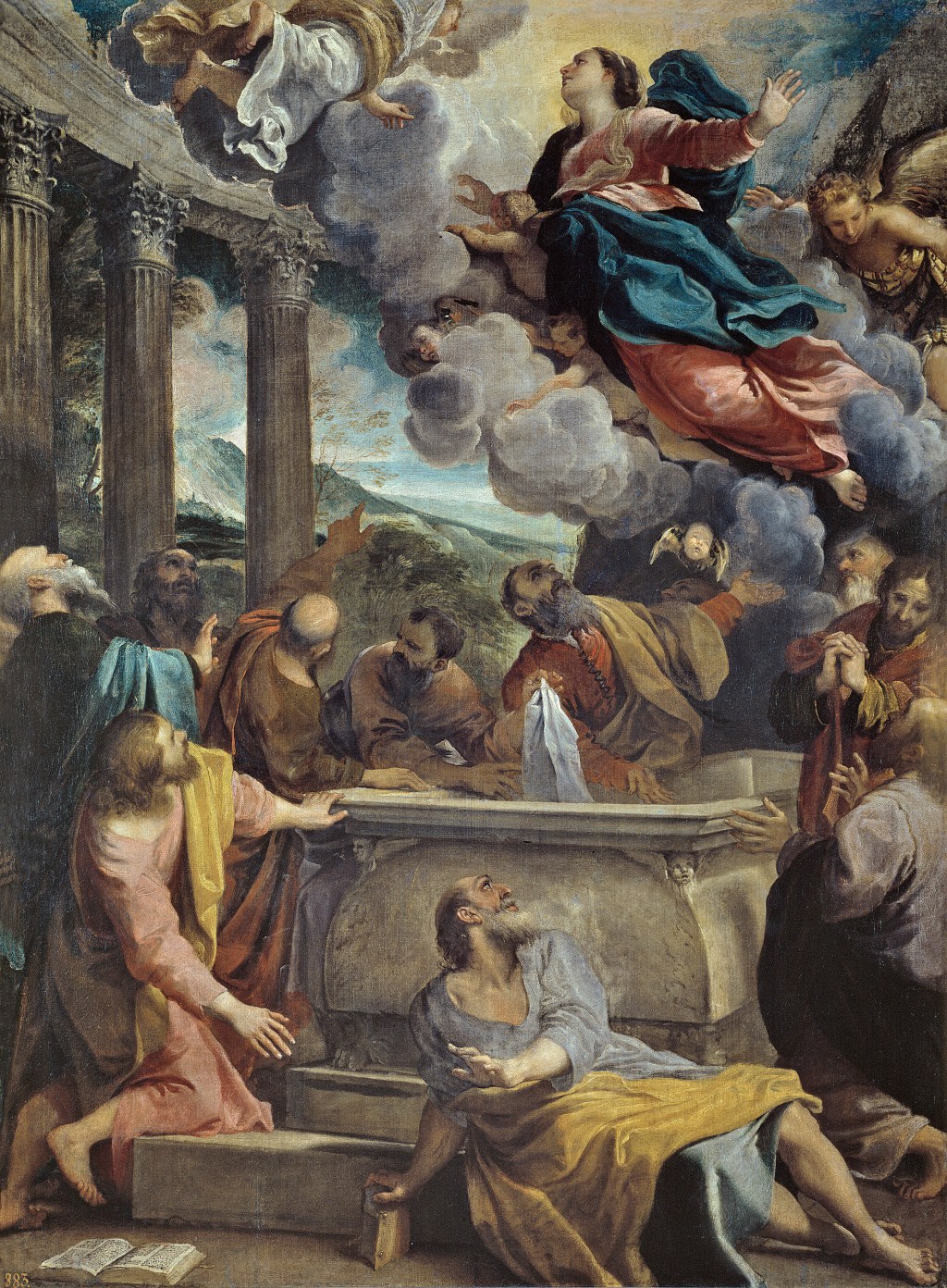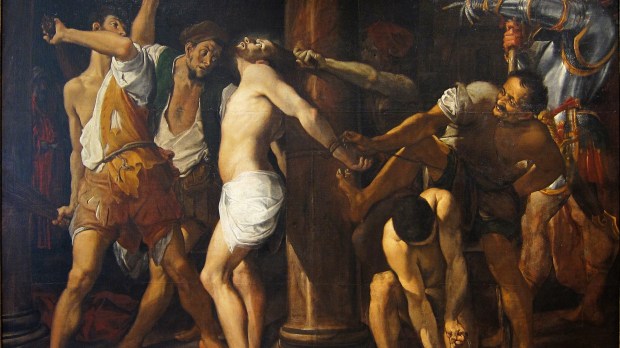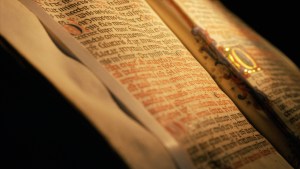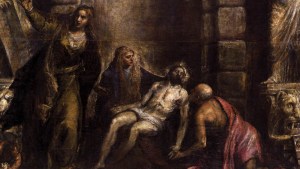Last week, the Getty Museum acquired the Irmengard Codex, a richly decorated manuscript made for the 11th-century noblewoman Irmengard of Nellenburg –the niece of the Ottonian Emperor Henry II, member of the House of Egisheim-Dagsburg in Germany, and related to Pope Leo IX. It also acquired a small-scale painting on copper by the Italian Baroque master Annibale Carracci, depicting the Virgin Mary and the Child along with St. Lucy, St. Dominic, and St. Louis of France.
In the painting, the Getty’s website reads, “the Virgin exhibits the grace and nobility of Madonnas painted by Raphael, while the warm light pervading the scene recalls that of Correggio, the two Italian artists Annibale revered most.” The painting was finished when the maestro reached his artistic maturity as he moved to Rome, in 1595, to paint the famous frescos of the Palazzo Farnese.
One of the reasons this exceptional religious painting is particularly valuable is that Carracci’s body of work is quite limited, in part due to his relatively short life – he died shortly after turning 49. And still, historians agree he is one of the founding fathers of Italian Baroque painting – Caravaggio’s counterfigure.

Davide Gasparotto, senior curator of paintings at the Getty Museum, explains that “Annibale Carracci is one of the creators of the visual language of the Baroque with its emphasis on gestures and emotion […] He executed a handful of paintings on copper destined for exacting patrons. This painting, although small in scale, is quite ambitious in terms of composition and perfectly encapsulates the style Annibale developed after he moved to Rome from Bologna in 1595.”
The painting will go on display at the Getty Center in April 2023.
One of Carracci’s most famous works is the “Assumption of the Virgin,” a large altarpiece that he painted for the church of Santa Maria degli Angeli in Rome. The painting is a masterpiece of the Baroque style, with its dramatic use of light and shadow, rich colors, and emotional intensity.
In addition to his work as a painter, Carracci was also a skilled draftsman and printmaker. His drawings and etchings are highly sought after by collectors and artists.
Carracci’s legacy can be seen in the many artists who were influenced by his work, including Rubens, Rembrandt, and Velázquez. His contributions to the development of the Baroque style in Italy and beyond have made him one of the most important figures in the history of Western art.



